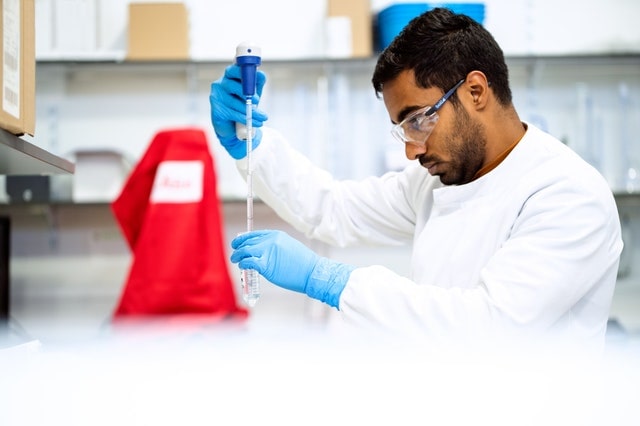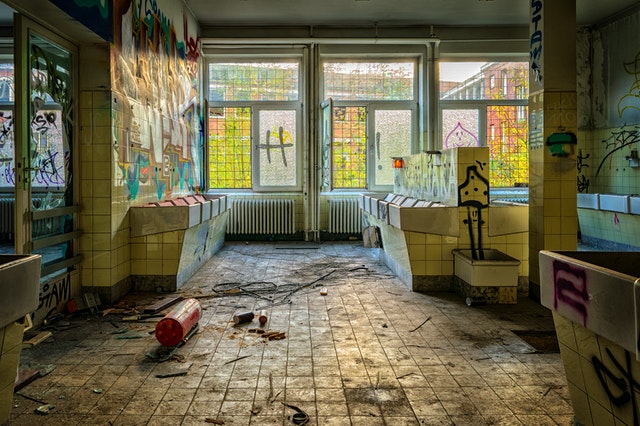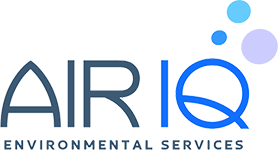ALLERGEN TESTING
WHAT EXACTLY ARE ALLERGENS
Allergens are substances that invade the air we breathe and cause allergic reactions in both humans and animals. With so many different allergens and even more possible causes, allergen testing is the best way to help find out what’s causing these allergens to be in your home or office. We know just how important it is to create a comfortable environment and we see to it that you can breathe easy in your own environment. Most allergens come in different forms like dust, pet dander, pollen, mold, and smoke. Finding the source and clearing it out will ultimately stop any allergies you’ve been suffering from when in your property.


ALLERGEN TESTING
When we perform allergen testing services, we perform an indoor assessment of pollutants so we can assess the levels of dangerous toxins and allergens in the air. Having knowledge of common or unexpected allergens in the home can help you take action to prevent allergy symptoms like sneezing, coughing, watery eyes, itching skin, wheezing, runny nose, and more.
DIFFERENT TYPES OF ALLERGENS:
Dust Mites
Mice
Cat
Dog
UNEXPECTED INDOOR ALLERGENS:
Roaches and other bugs
Fabrics
New Furniture
Glue
Pillows
Floor Mats
Latex
Damp Materials
Blankets
Plants
Stuffed Toys
WAYS TO PREVENT ALLERGIES
There are areas within your home that allergens can collect that are hidden, such as crevices in the walls, basements, attics, under the bed, and other parts of the house. If you have concerns that the air quality in your home is poor, we’re here to help you learn more about allergens. A carpet is one of the biggest concerns when it comes to allowing allergens to collect in a home.
Pet dander, mold, dust mites, and more is collected in the fibers of your carpet and if regular cleaning isn’t performed, the allergens can easily become airborne again just by walking on it. The most effective way to clean the carpets, more effective than simply dry vacuuming, is a process called “hot water extraction” or more commonly known as steaming.

There are many hidden areas in your home where allergens can collect. If you’re concerned about poor air quality in your home, we’d love to help you learn more. Your carpet is one of the main culprits for collecting allergens that were once airborne. Everything from pet dander and mold is collected in the fibers of your carpet, and unless regular cleaning is performed, those allergens are susceptible to becoming airborne again with simply walking around your home. Regular carpet cleaning will extract allergens from carpet fibers if done properly. A cleaning process called “hot water extraction” also known as steam cleaning is most efficient in ridding carpet of allergens. There are also ways you can help your seasonal allergies. Take a look at our blog on Combating Seasonal Allergies to learn more!

HEPA FILTERS
High-efficiency particulate air filters are a great tool that can help those who are concerned with allergens. There are a number of products on the market that contain HEPA filters for different areas of your home. The function of HEPA filters is to clean the air of any and all microbial airborne particulates and help to prevent dust and dander from re-entering the atmosphere after vacuuming. The great thing about HEPA filters is that they’re also available for your central air conditioners which can drastically improve the indoor air quality of your home.
Try and look at the labels of common household products such as vacuum cleaners, air purifiers, tower fans, and filters to see if they have a HEPA filter built in before you make a purchase.
Having a HEPA filter built-in does not increase the cost, it’s just the better buy for the improvement of your home’s air quality. When air purification systems work alongside your HVAC system, the air quality in your home will improve ten-fold. If you live in an area with high humidity, tea tree oil is a great natural remedy for purifying the air. It’s a natural fungicide and while it doesn’t get rid of all allergens, it does reduce mold’s ability to form on surfaces. Simply put it in a diffuser and keep it in areas that are highly affected by mold such as bathrooms, laundries, kitchens, and basements.
